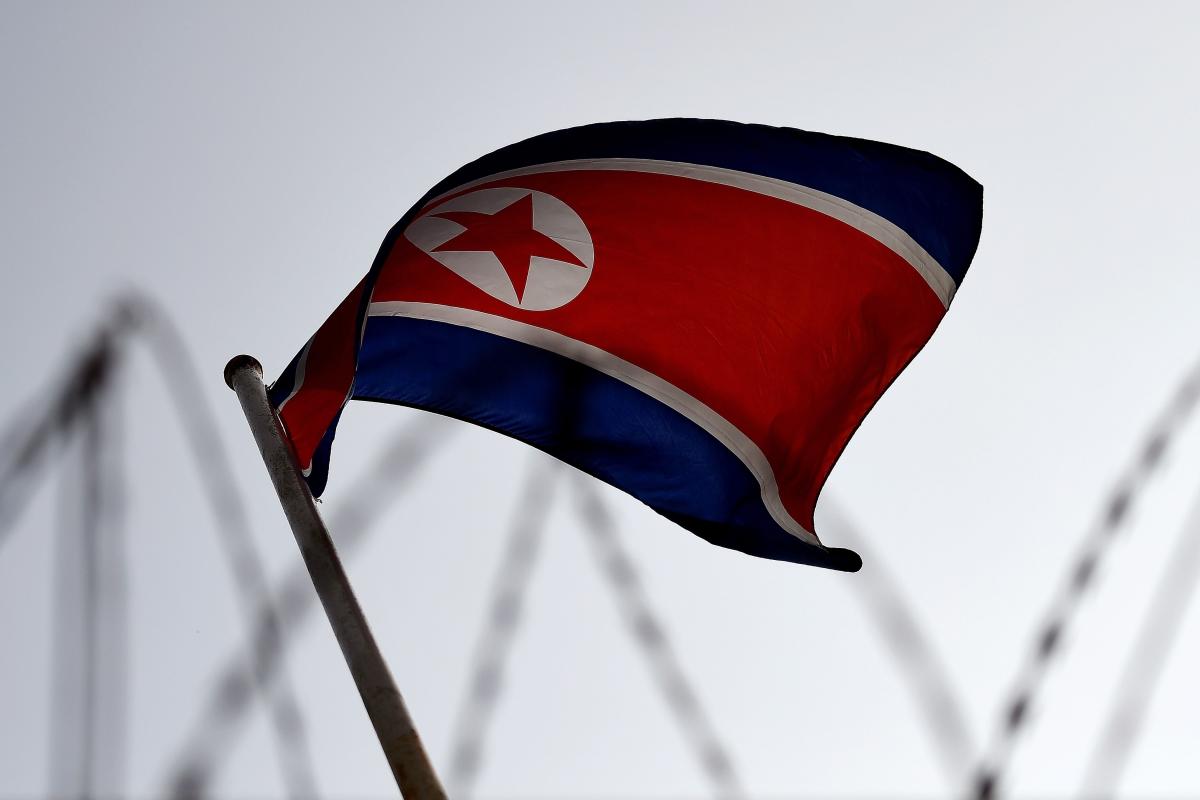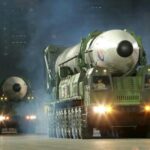
(Bloomberg) — North Korea fired a suspected intercontinental ballistic missile Friday after warning the US a day earlier of fierce moves if it persists in conducting joint military drills with allies in the region.
Most Read from Bloomberg
South Korea military said it believed the long-range missile launched by North Korea was fired from an area near Pyongyang’s main international airport at 10:15 a.m.
Japanese Prime Minister Fumio Kishida said the missile likely landed in waters within his country’s exclusive economic zone. Japan’s Coast Guard has projected a landing of about 11:20 a.m. some 210 kilometers (130 miles) west of the main northern island of Hokkaido. It is the first time a North Korean missile has landed in Japan’s EEZ in about eight months.
“The provocations are continuing at an unprecedented pace,” Kishida told reporters. “I repeat that we absolutely cannot condone this.”
The flight time and landing site would be consistent with an ICBM fired in a lofted trajectory. The last time North Korea successfully conducted a test of this sort was in March, when it fired its Hwasong-15 ICBM that reached an altitude of 6,200 kilometers and traveled 1,080 kilometers to splash down in the sea west of Japan.
North Korea fired a short-range ballistic missile on Thursday shortly after its foreign minister issued the warning to the US. It last launched a suspected ICBM on Nov. 3 — a rocket that flew eastward and reached an altitude of 1,920 kilometers (1,200 miles) before failing, according to South Korea’s military.
Leader Kim Jong Un has ratcheted up tensions to the highest level in years by firing off a massive barrage of missiles in recent weeks that included the first one shot across a nautical border with South Korea set up after the Korean War. It has fired off more than 60 ballistic missiles this year — a record that is in defiance of United Nations resolutions barring the tests.
South Korea’s National Security Council met to discuss the launch. The US State Department and National Security Council had no immediate comment.
Kim is finding space to ramp up provocations and conduct tit-for-tat military moves against the US and its allies as the Biden administration focuses on Russia’s war in Ukraine. Russia and China, two long-time partners of North Korea, have veto power at the UN Security Council and have shown no intent to punish Kim with extra sanctions.
North Korea has bristled for decades at joint military exercises, calling them a prelude to an invasion. The US, Japan and South Korea have all warned that Kim’s regime seems to be ready to turn tensions even higher with its first test of a nuclear bomb in about five years.
Washington, Tokyo and Seoul have promised a coordinated response if Pyongyang detonates an atomic device, which would also violate Security Council resolutions. The nuclear test might be used to advance Kim’s pursuit of miniaturized nuclear warheads to mount on missiles to strike South Korea and Japan, which host the bulk of America’s troops in Asia.
North Korea has also been looking to increase the strength of a larger bomb, which could be mounted on an ICBM to target the US homeland.
Pyongyang has had trouble successfully testing its biggest and newest ICBM, the Hwasong-17. It’s considered by experts to likely be the world’s largest road-worthy ICBM and likely designed to carry a multiple nuclear warhead payload to the US.
A Hwasong-17 was believed to have blown up in the skies over Pyongyang shortly after take-off on March 16. Pyongyang tried to cover the failure by claiming with a slick video starring Kim that it successfully tested a “huge,” new ICBM while actually firing off an older rocket first launched in 2017.
–With assistance from Seyoon Kim, Shinhye Kang, Lily Nonomiya, Hiroyuki Sekine, Ryotaro Nakamaru, Jenny Leonard and Nick Wadhams.
(Updates with comments from Japan, details on missile)
Most Read from Bloomberg Businessweek
©2022 Bloomberg L.P.




